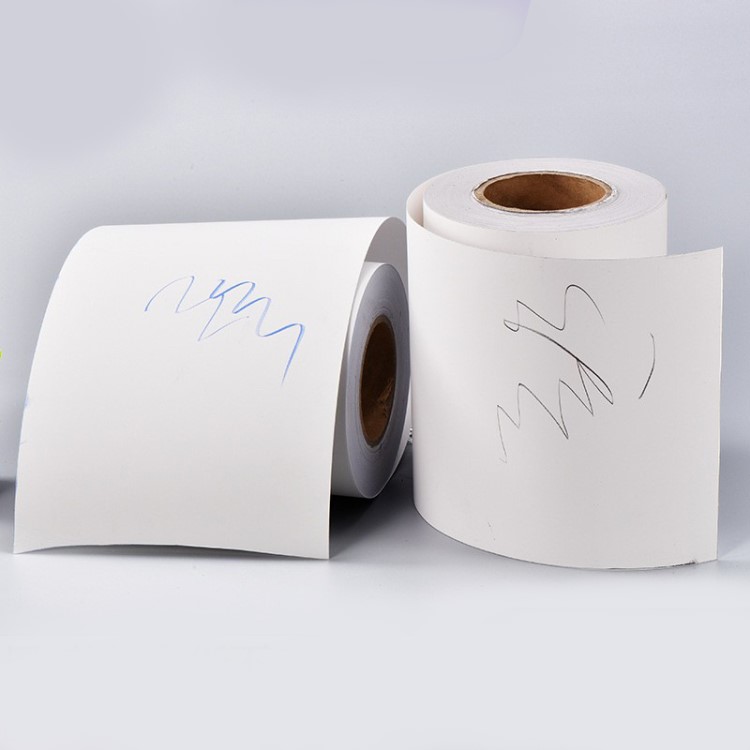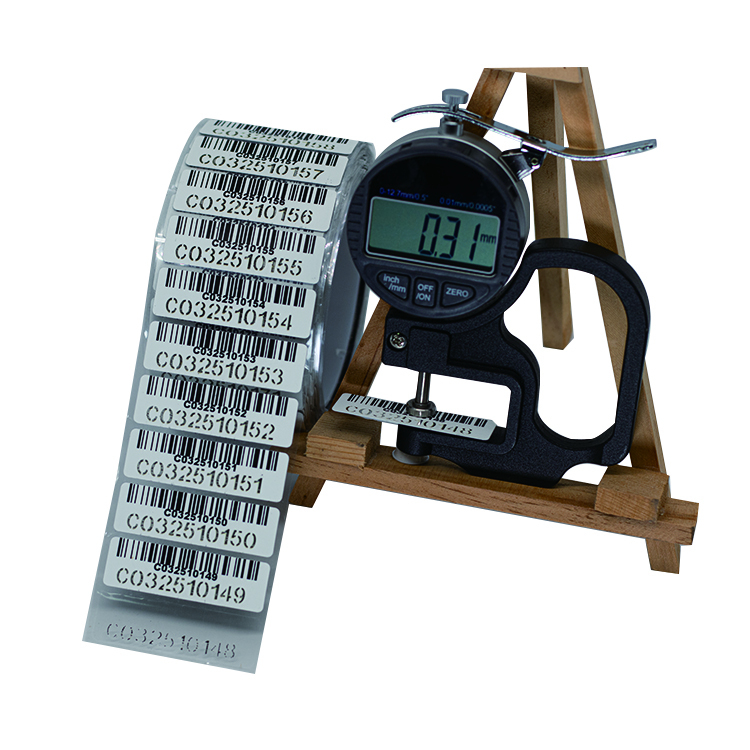The High-Temperature Label: Ensuring Durability and Clarity in Sticker Label Industry
Sticker labels play a vital role in various industries, from packaging to branding. These labels serve as essential tools for conveying information, enhancing product aesthetics, and providing necessary instructions. In recent years, the demand for high-temperature labels has surged, driven by industries that require durability and clarity even in extreme conditions. In this article, we will explore the significance of high-temperature labels, their applications, and the key considerations for their usage.
Understanding High-Temperature Labels
High-temperature labels, as the name suggests, are designed to withstand elevated temperatures without losing their adhesive properties or print quality. These labels are crucial in industries where exposure to heat is a common occurrence, such as automotive, aerospace, and industrial manufacturing. The ability of high-temperature labels to maintain their integrity under extreme heat ensures that crucial information remains legible and reliable.
Applications of High-Temperature Labels
The versatility of high-temperature labels makes them indispensable in various applications:
1. Automotive Industry: High-temperature labels are used in engine bays and exhaust systems to provide information about components, maintenance schedules, and safety warnings. These labels must withstand the high temperatures generated by engines and exhaust systems.
2. Aerospace Industry: Aircraft components and equipment often require high-temperature labels for identification and safety instructions. These labels are exposed to extreme temperatures during flight and need to maintain their readability.
3. Industrial Manufacturing: In industrial settings, high-temperature labels are used on machinery, equipment, and products subjected to heat treatment processes. These labels help in tracking inventory, ensuring product traceability, and communicating vital information.
Key Considerations for High-Temperature Label Usage
When using high-temperature labels, it is crucial to consider several factors to ensure their effectiveness:
1. Material Selection: Choose label materials that are specifically designed for high-temperature applications. Common materials include polyester, polyimide, and ceramic-based materials. These materials can withstand temperatures ranging from 300°F (149°C) to over 1,200°F (649°C).
2. Adhesive Properties: Ensure that the adhesive used on the label is compatible with high-temperature environments. It should maintain strong adhesion even under extreme heat and not leave any residue when removed.
3. Print Quality: High-temperature labels must retain print quality, including text and barcodes, throughout their lifespan. Utilize thermal transfer printing or laser marking technologies for optimal results.
4. Durability: Labels should be resistant to abrasion, chemicals, and moisture, in addition to heat. This ensures that the label remains intact and legible in harsh conditions.
5. Compliance: Verify that the high-temperature labels comply with industry-specific regulations and standards. This is especially critical in industries where safety and traceability are paramount.
6. Application Process: Pay close attention to the label application process. Labels should be properly affixed to the surface, and any air bubbles or wrinkles should be eliminated to ensure long-term adherence.
Conclusion
In the sticker label industry, high-temperature labels have emerged as a vital solution for industries that demand durability and clarity under extreme conditions. These labels find applications in automotive, aerospace, and industrial manufacturing, providing essential information, safety warnings, and tracking capabilities. By carefully considering material selection, adhesive properties, print quality, durability, compliance, and application processes, businesses can maximize the effectiveness of high-temperature labels in their operations. With the right high-temperature labels in place, industries can ensure that crucial information remains legible and reliable, even in the harshest of environments.
We offer comprehensive technical support, including free professional labeling solutions, advice on label materials and adhesive selection, as well as online/offline assistance from professional software and hardware engineers. Service email: andy@ownlikes.cn. In pre-sales, we leverage our extensive experience in specialty labeling projects to provide clients with the most suitable hardware solutions. Additionally, all our label barcode printers and scanners come with a three-year free warranty, demonstrating our confidence in our products.






This site is protected by reCAPTCHA and the Google Privacy Policy and Terms of Service apply.